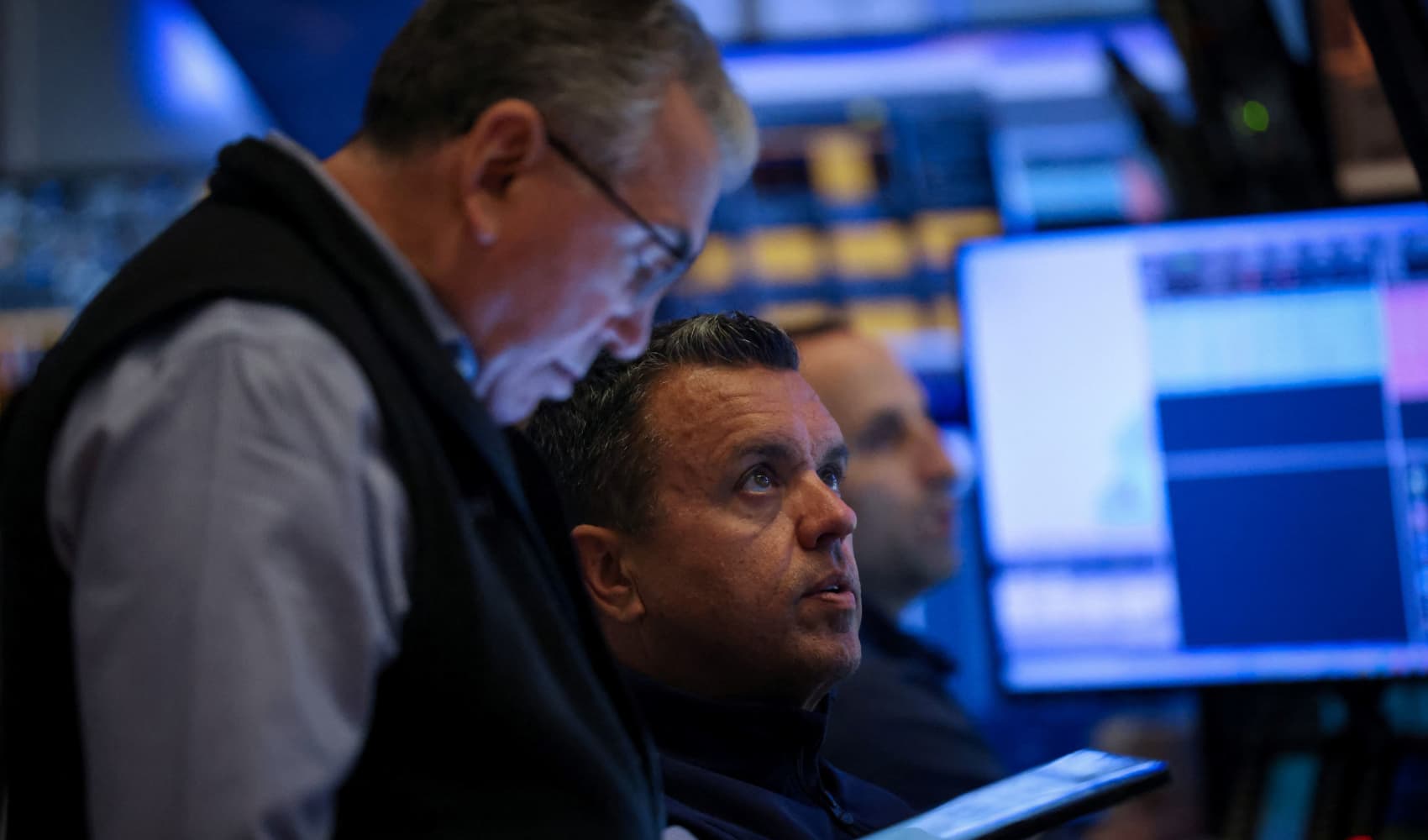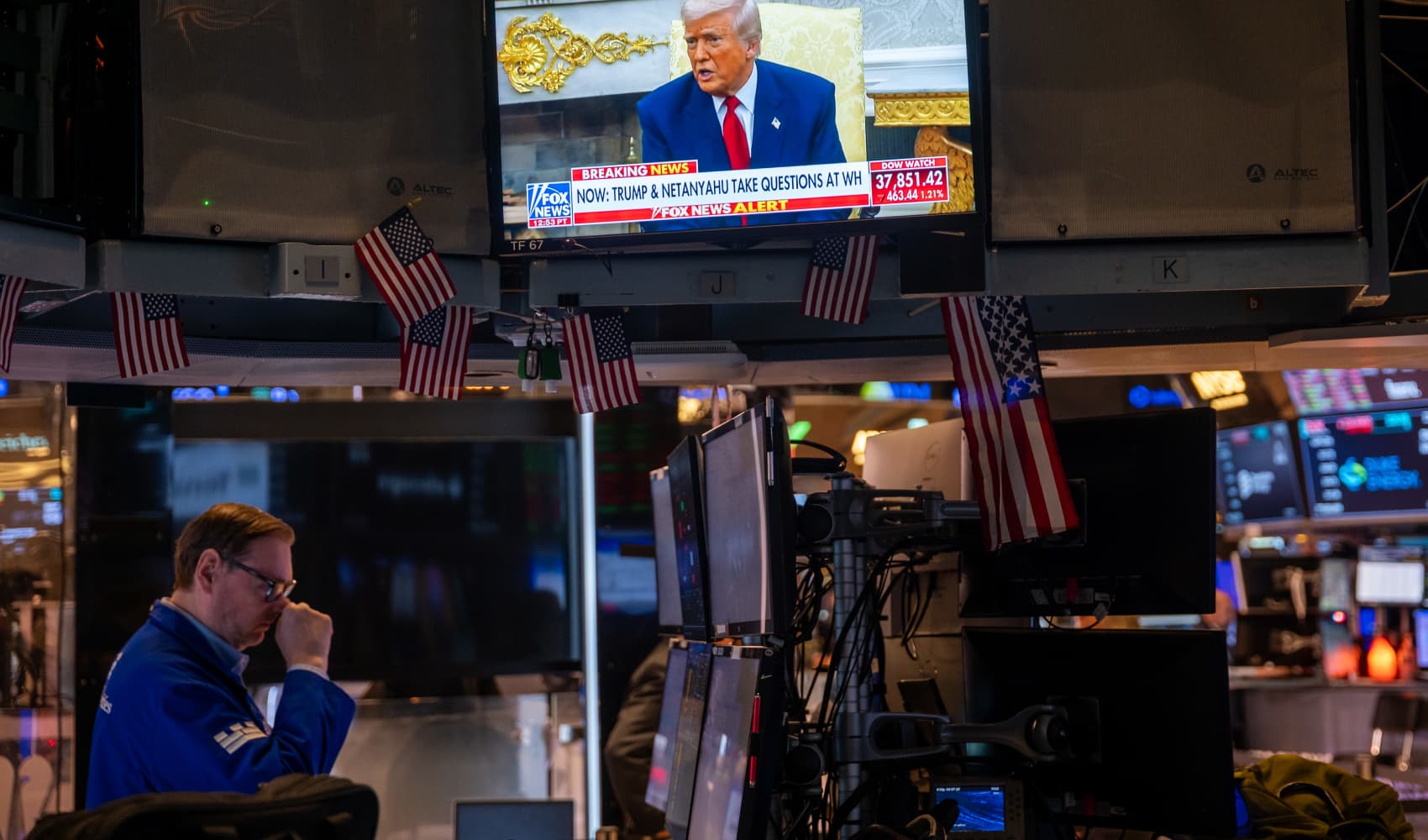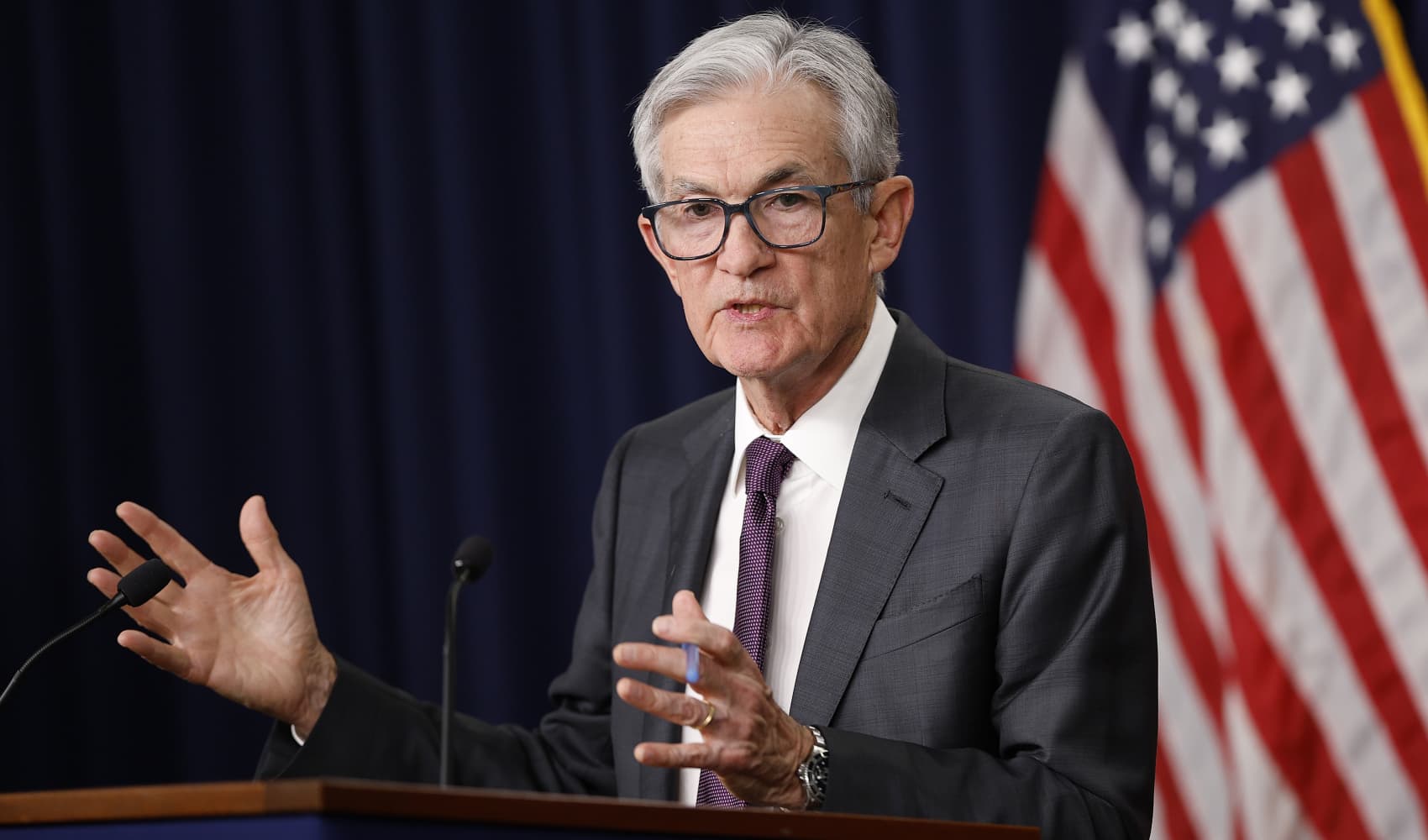NYC's $110M Penthouse: Luxury Home Survives Market?
NYC's $110 Million Penthouse: Luxury Defies Market Fears?
Introduction: Is This the Peak of Luxury or a Smart Investment?
As the saying goes, the rich are different. And in New York City, that difference is often measured in square footage and zeros. While economic headlines scream of uncertainty, one number is capturing the attention of the ultra-wealthy: $110 million. That's the asking price for a newly listed penthouse at 111 West 57th St., making it the most expensive home currently for sale in the Big Apple. But in a world of stock market swings and trade war anxieties, can even the most lavish of homes defy economic gravity?
Luxury Listing Amidst Economic Turbulence
The timing of this listing is, shall we say, interesting. The penthouse debuted right in the middle of a volatile period for the stock market. The Dow Jones Industrial Average saw some dramatic drops. Talk about a stark contrast: while ordinary investors were watching their portfolios shrink, someone was preparing to drop nine figures on a luxury apartment. What does this say about the state of luxury real estate, and who exactly is in the market for a place like this?
The Allure of 111 West 57th Street
So, what makes this particular penthouse so special? It's not just the location, although being situated on Billionaires' Row certainly adds to the prestige. It's the sheer scale of the property. Spanning four floors and 11,480 square feet, this is not your average apartment. It's a mansion in the sky, offering panoramic views of the city and an unparalleled level of luxury.
The Penthouse's Design and Features
Details matter at this price point. Expect bespoke finishes, state-of-the-art appliances, and meticulously crafted interiors. We're talking about the kind of materials you've probably only seen in magazines, and craftsmanship that takes years to perfect. Think of it as a blank canvas for the world's most discerning art collectors, except instead of a canvas, it's a four-story penthouse.
Why a "Collector's Item"?
The marketing of this property as a "collector's item" is intentional. It's not just a place to live; it's an asset, a trophy, a statement. The idea is to appeal to global elites who see value not just in real estate, but in owning something truly unique and irreplaceable. It's the real estate equivalent of a rare vintage car or a priceless work of art. The rarity and exclusivity drive the price and appeal.
Global Elites and the NYC Luxury Market
Who are these global elites? They're high-net-worth individuals from around the world, often with multiple residences and a penchant for the finer things in life. New York City remains a desirable location for these individuals, offering a combination of cultural attractions, financial opportunities, and social prestige. But does that mean they'll buy anything, regardless of the market?
The Enduring Appeal of New York City
Despite economic uncertainties, New York City continues to hold a powerful allure for the world's wealthiest individuals. Its status as a global hub for finance, culture, and innovation makes it a desirable place to live and invest. Owning a piece of prime real estate in Manhattan is seen as a symbol of success and a secure store of value.
The Influence of Foreign Buyers
Foreign buyers have long been a driving force in the New York City luxury real estate market. However, changing geopolitical landscapes and stricter regulations have introduced new complexities. Will these factors dampen the enthusiasm of international buyers, or will the allure of owning a trophy property in Manhattan prove too strong to resist?
Market Uncertainty: A Speed Bump or a Roadblock?
The elephant in the room is, of course, the current state of the economy. Stock market volatility, trade tensions, and concerns about a potential recession are all weighing on the minds of investors. While the very top of the market may seem immune to these concerns, it's not entirely detached from reality.
The Impact of Stock Market Volatility
Large stock market swings can have a ripple effect throughout the economy, impacting everything from consumer confidence to investment decisions. While the ultra-wealthy may be less affected by these fluctuations than the average person, they're not immune to them. A significant market downturn could certainly give some potential buyers pause.
The Negotiation Game: Are Buyers Gaining Leverage?
Outside the ultra-high end, brokers are reporting that luxury homebuyers are becoming more cautious. They're taking longer to make decisions, negotiating harder, and focusing on value. This suggests that even in the luxury market, buyers are becoming more price-sensitive and demanding more bang for their buck. Is this the beginning of a shift in power dynamics?
What Defines "Value" in Luxury Real Estate?
Value in the luxury real estate market is subjective and multifaceted. It's not just about square footage and amenities; it's about location, prestige, views, and the overall lifestyle the property offers. Buyers at this level are looking for something that reflects their personal brand and provides an unparalleled experience.
Beyond the Square Footage: Intangible Assets
Think of "value" in the luxury market as a complex equation that includes factors beyond the tangible features. The cachet of the building, the exclusivity of the neighborhood, and the quality of the views all contribute to the perceived value of the property. It's like buying a piece of art; the price is often influenced by factors beyond the materials used.
Amenities and Lifestyle: The Complete Package
Luxury homebuyers expect more than just a beautiful apartment; they want a lifestyle. This includes access to top-notch amenities, such as a private gym, swimming pool, concierge service, and even a private chef. The goal is to create a seamless and effortless living experience.
The Broker's Perspective: Strong Interest Despite Headwinds
Despite the market headwinds, the broker for the $110 million penthouse maintains that buyer interest has been strong. This could be attributed to the unique nature of the property, the limited supply of comparable homes, and the enduring appeal of New York City to the global elite. But is it just optimism, or is there real substance to this claim?
Maintaining Optimism in a Challenging Market
Brokers in the luxury market often need to be optimists, even in the face of adversity. It's their job to maintain confidence and promote the value of their listings. However, it's important to distinguish between genuine interest and wishful thinking. Time will tell whether this penthouse will find a buyer at its asking price.
Looking Ahead: The Future of NYC Luxury Real Estate
The sale of this $110 million penthouse will be a bellwether for the New York City luxury real estate market. If it sells quickly and at or near its asking price, it will signal continued strength at the very top. However, if it lingers on the market or sells for a significantly lower price, it could indicate a softening of demand and a shift in market dynamics.
Conclusion: A Test of Luxury Market Resilience
The listing of this $110 million penthouse in the midst of economic uncertainty is a fascinating test of the New York City luxury real estate market's resilience. While the ultra-wealthy may operate in a different economic reality, they are not entirely immune to the forces that affect the rest of us. Whether this penthouse sells quickly or lingers on the market, its fate will provide valuable insights into the state of luxury real estate in the Big Apple. The key takeaways are: Even in volatile times, ultra-luxury properties can still attract strong interest; however, buyers outside of this realm are becoming more cautious; and ultimately, time will tell if the market can sustain these prices.
Frequently Asked Questions
Q: What makes this penthouse so expensive?
A: The price is driven by several factors, including its prime location on Billionaires' Row, the expansive size (11,480 square feet over four floors), bespoke finishes, state-of-the-art amenities, and its status as a "collector's item" for global elites.
Q: Who is likely to buy this penthouse?
A: The most likely buyers are high-net-worth individuals from around the world who are looking for a unique and prestigious property in New York City. These buyers often have multiple residences and are drawn to the city's cultural attractions, financial opportunities, and social scene.
Q: How is the current economic climate affecting the luxury real estate market?
A: While the very top of the market may be somewhat insulated from economic fluctuations, there are signs that luxury homebuyers are becoming more cautious. They are taking longer to make decisions, negotiating harder, and focusing on value.
Q: Is now a good time to buy luxury real estate in New York City?
A: That depends on your individual circumstances and investment goals. If you're a long-term investor with a high risk tolerance, now might be an opportunity to take advantage of potential price softening. However, it's important to do your research and consult with a qualified real estate professional.
Q: What other factors could influence the sale of this penthouse?
A: Geopolitical events, changes in tax laws, and shifts in global wealth distribution could all impact the demand for luxury real estate in New York City. The overall health of the global economy will also play a significant role.



